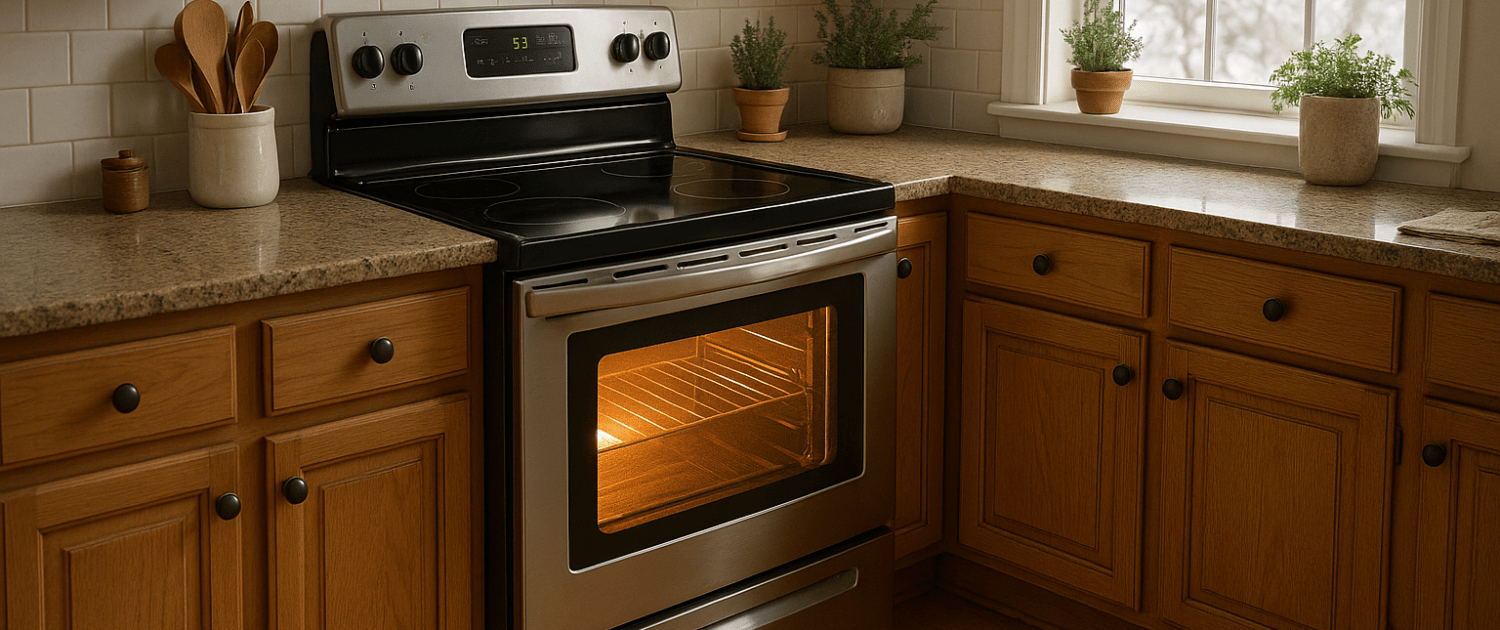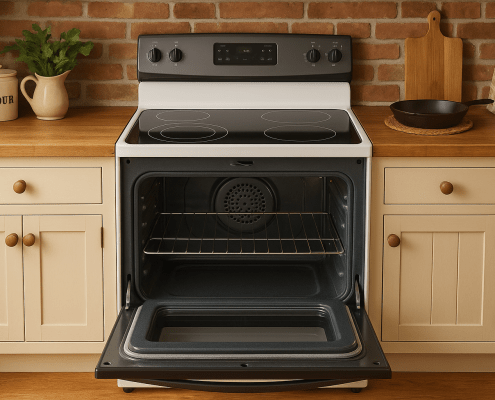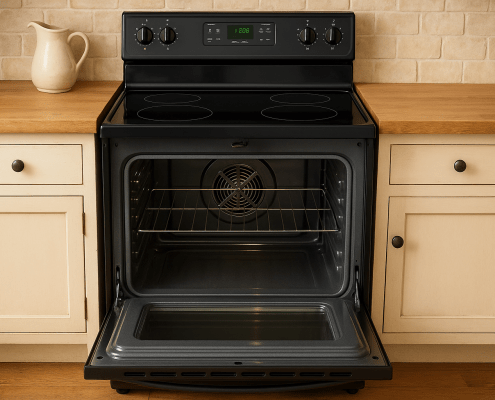Troubleshooting a non-heating Samsung range surface element
Steven E / Friday May 23, 2025
Is your Samsung range leaving you cold with an unresponsive surface element? Don’t let a faulty burner disrupt your culinary adventures. Discover the simple steps to troubleshoot and revive your heating element, complete with a handy how-to video just a scroll away!
Looking for the right part? Enter your appliance model number below to find the exact match and get your appliance running like new again!
Struggling with a Samsung range surface element that won’t heat up? We’ve got you covered with pro tips to identify the issue and get it working again. Whether you have a gas or electric model, we’ll explain why this happens and which part may need replacing.
If you need any replacement parts for your Samsung range, you can enter your model number at AppliancePartsPros.com to order them. Most orders arrive in just two business days, and we have thousands of free guides to show you how to install your new parts.
Watch the repair here: FIX Your Samsung Range FAST With Surface Element Replacement
The information in this article may not apply to your specific appliance model. We recommend consulting your manufacturer’s documentation or contact us with any questions.
What you need
- Multimeter
- Blanket or pad
- Phillips head screwdriver
- Flat head screwdriver
- Sharpie or pencil
- Pliers
The tools you need may vary based on your appliance model and its fasteners, so be sure to check the user manual or follow the manufacturer’s instructions for the right tools.
Safety precautions
When working on any appliance, remember to keep safety first. Here are some tips to keep in mind:
- Always power off and unplug your appliance or switch off the circuit breaker before you attempt any maintenance or replacement work. This keeps you safe by eliminating any risk of electric shock.
- If the appliance has recently been used, give it plenty of time to cool down before working on it.
- Shut off the gas supply to prevent any gas leaks while you work.
- Take your time while working to prevent accidents and personal injuries. Rushing is the enemy of precision.
- Work in a well-lit area so you can see and access appliance parts.
- Keep your workspace free of clutter and other obstacles. Keep children and pets away from the work area.
- Never work on internal parts with wet hands. Make sure the work area is completely dry.
- Check the user manual to see if there are specific installation or safety instructions related to your appliance or replacement part.
- Be gentle when handling or removing parts. Excessive force might damage the appliance or cause personal injury.
- Wear insulated work gloves to protect your hands from sharp metal parts and debris.
- When working with wires, avoid touching any exposed wires or terminals. If you need to touch a wire, use a non-conductive tool or wear insulating gloves to prevent electrical shock.
- Always take photos or make a note of wiring terminals or other connections before disconnecting them to make reassembly easier.
- Don’t test live voltage with a multimeter if you’re unfamiliar with how to prevent short-circuiting.
- Consider wearing safety glasses and/or a dust mask when working with chemicals, dust or a large amount of debris to prevent irritation or injury.
How to troubleshoot a non-heating Samsung range surface element
Below are the steps to diagnose and fix a Samsung range surface element that is not heating properly.
Step 1. Test the surface element
LIVE VOLTAGE WARNING: For this test, the washer needs to be plugged in and powered on. Please be very careful to protect yourself from electric shock, which has the potential to cause serious injuries. Don’t ever test live voltage if you’re uncomfortable using a multimeter.
- Disconnect power to the range by unplugging the power cord or turning off the circuit breaker.
- Open the oven door and remove the four screws securing the console panel.
- Lift the bottom of the console panel outward and remove it.
- Close the oven door and place a towel or pad on it to prevent scratches, then rest the console panel on the protected surface.
- Locate the LF (Left Front) switch, which controls the left front burner.
- Plug the range back in or turn the breaker back on.
- Turn the LF switch to the ON position and activate only the inner coil of the surface element.
- Set a multimeter to AC voltage mode.
- Place one probe on the H2 terminal and the other probe on the H1 terminal of the element.
- Check for a reading of 240 VAC.
- Turn the switch to the second position to activate both the inner and outer coils.
- Place one probe on the H2 terminal and the other probe on the P terminal.
- Check for a reading of 240 VAC.
- If 240 VAC is detected but the element does not heat, replace the element.
Step 2. Test the infinite switch
- If no 240 VAC is detected at the element, test the switch.
- Turn off the power before inspecting the switch.
- Inspect the infinite switch for proper voltage output.
- If no 240 VAC is coming from the switch, replace it.
- If the coils turn on but do not stay on long enough at a high setting, replace the switch.
Step 3. Inspect and repair the wiring
- Turn off the power again before checking the wiring.
- Inspect wiring for burned, broken, or loose connections.
- Repair or replace any damaged wiring.
Step 4. Reassemble and test
- Turn off the power before reassembling the range.
- Reattach the console panel and secure it with the four screws.
- Plug the range back in or turn the breaker back on.
- Turn the burner switch on and test if the element heats properly.
Find more DIY resources
Thanks for sticking with us! We hope this guide got your Samsung range back up and running. If you’ve got other appliance repairs on your list, take a look at our other guides and videos for some more help. When you’re ready to order new parts, just grab your model number and head over to AppliancePartsPros.com. You can chat with a pro, check out our DIY blog, view diagrams and more. Don’t forget to subscribe on YouTube and connect with us on Facebook, X and Instagram!
With nearly a decade of experience in providing top-notch customer service regarding appliance parts and repair, Steven enjoys sharing practical advice, troubleshooting tips, and interesting information to help readers stay informed.





